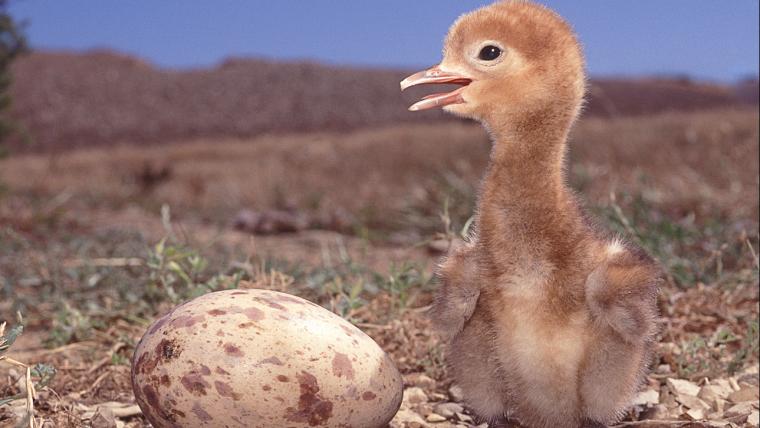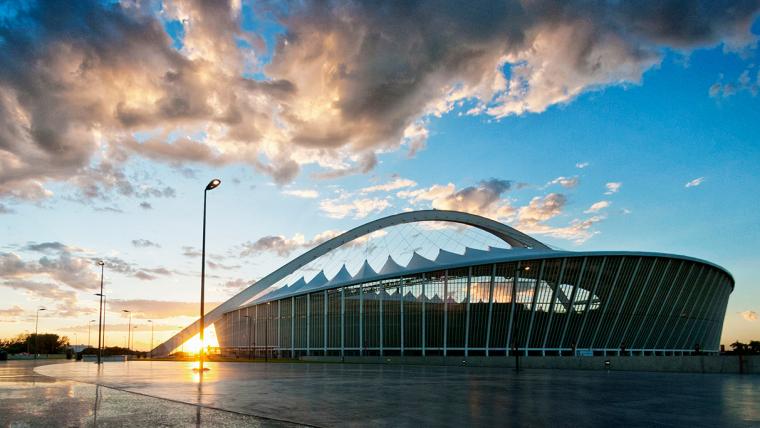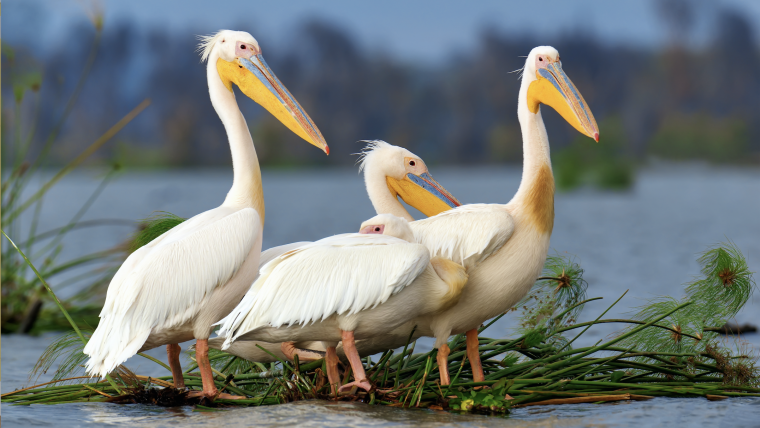
How photographs pulled the blue crane back from the brink
Blue cranes are odd. They’re gangly, ungainly – and in danger. But Wicus Leeuwner has had a lifelong fascination with the creatures. He has used his singular talent to make a vital intervention that might just save the species. In the 1990s, South Africa’s national bird was under serious threat. Habitat loss and poisonings meant that the blue crane population was in rapid decline. Leeuwner knew he had to do something. A photographer with a passion for the leggy bird, he was able to help conservationists and the Overberg community accomplish something remarkable: they brought the blue crane back from being listed as endangered to vulnerable.
In the 1980s, there were approximately 200 000 blue cranes in the world. Today, there are only about 25 000 left. Leeuwner, an ex-dairy farmer who turned his hobby of photography into a full-time career, has used his skill to educate people about the dangers facing the species. His conservation efforts began 25 years ago when he became involved with the Overberg Crane Group (OCG), an NPO founded by Ann Scott, nicknamed “the mother of the cranes” by Leeuwner. In a joint endeavour, the OCG and Overberg community increased the amount of blue cranes in the Western Cape from about 600 to 16 000, more than half of the current population. Leeuwner’s photographs have been instrumental in that process, using them to inform others of the crane’s predicament. “Conservation is about people,” he says. “It’s not about animals or birds. You have to create awareness.”
Leeuwner’s intimate photos translate the unique experiences he has with these birds to the viewer. “An image of a crane chick carries much more weight than an hour-long lecture on cranes,” he says. After mobilising other farmers to protect the blue crane during his time in the dairy industry, he now works full time for his photography business Ziya Fana, capturing South Africa’s dynamic and diverse landscape. “I’m very grateful that as a farmer I had the opportunity to give something back to nature.”






























Please sign in to leave a comment